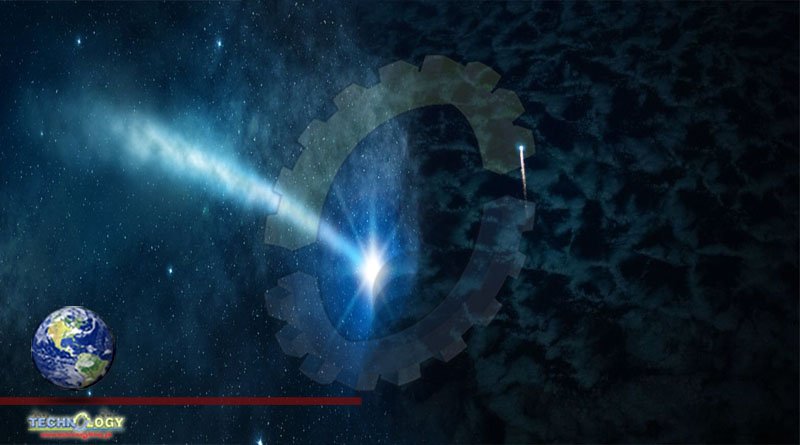Russia’s old Pirs module (safely) went down in flames. Astronaut captures sparkling ‘shooting star’ video as Russian space station

From his perch on the International Space Station, a French astronaut watched a long-running Russian space module break into pieces in a shower of fireworks. What’s more, he caught the event on video.
The European Space Agency’s Facebook page shows a sped-up timelapse of the module, called Pirs, meeting its fiery demise Monday (July 26) under the watch of Thomas Pesquet.
“Atmospheric reentry without a heat shield results in a nice fireball,” Pesquet wrote in the post, which also included a French description. “You clearly see smaller pieces of melting metal floating away and adding to the fireworks.”
The astronauts could watch Pirs breaking apart above the clouds for around six minutes, he added, then joked it might be a good idea to wish upon the next “shooting star” you see in the sky, which might be a meteor — or might be the orbital trash burning up. If it is trash, he continued, “not sure it [the wish] will be granted … but you never know, I’d still advise to go ahead.”
Pirs was retired from service after nearly 20 years of work at the space station. It came to orbit Sept. 14, 2001 after launching from the Baikonur Cosmodrome in Kazakhstan, along with a modified Progress spacecraft as the upper stage of its Soyuz-U rocket. Three days later, it docked with the Zvezda service module, becoming the sixth pressurized module of the orbiting complex.
The long-running docking compartment met its demise to make way for a new Russian science module called Nauka. The delayed module — held up for 13 years due to various technical and budgetary issues — temporarily created havoc Friday (July 30) when a misfire caused Nauka to temporarily yet severely tilt the International Space Station.
NASA representatives have repeatedly emphasized that the Expedition 65 crew was never in any danger and that the tilt was quickly corrected. “The change occurred was slow enough to go unnoticed by the crew members on board, and all other station systems operated nominally during the entire event,” the agency told Space.com on this Monday.
Originally Published By Space.com
